This site is made possible by its sponsors.
Please visit them!

Depictions of Apollo:
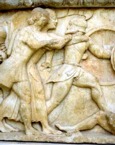
Greek, Apollo and Artemis Attacking Giants,
c. 525 BCE,
marble relief,
Treasury of the Siphnians in Delphi, Gigantomachy.

Greek, Apollo of Veii, an acterion
sculpture
from the Temple of Apollo, Veii, c. 510 BCE,
terra cotta.

Greek, The Chatsworth Apollo, c. 470-460 BCE,
bronze.
![]()

![]()
Greece, Didyma, Temple of Apollo, cella view, marble, in the Ionic order, 60 x 118 m. See cella.
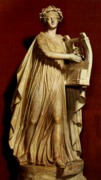
Roman, 2nd century CE,
Apollo
Musagetes, marble, Vatican,
Italy. Here Apollo holds a lyre.
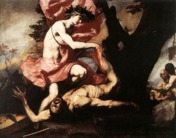
Jusepe de Ribera (Spanish, 1591-1652), Apollo Flaying Marsyas,
1637, oil on canvas,
Musées Royaux des Beaux-Arts, Brussels.
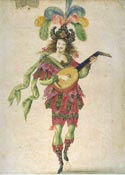
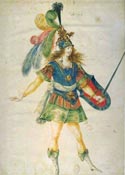

French, Lute Player, the Warrior, and Apollo, drawings of costumes for the Ballet royal de
la nuit (Royal Ballet of the Night), c. 1650, Bibliotheque
Nationale France, Paris. The ballet ends with the appearance
of Aurore, who yields her place to the rising sun -- Apollo
-- played the premiere performance by the young King Louis XIV
-- popularly known ever since as "The Sun King." See
Baroque.
![]()
![]()
Antonio Canova (Italian, 1757-1822), Apollo Crowning Himself, 1781, marble, height
33 3/8 inches (84.7 cm), J. Paul Getty Museum, Malibu, CA. See
Neoclassicism.
Also see dance.
https://inform.quest/_art
Copyright © 1996-![]()